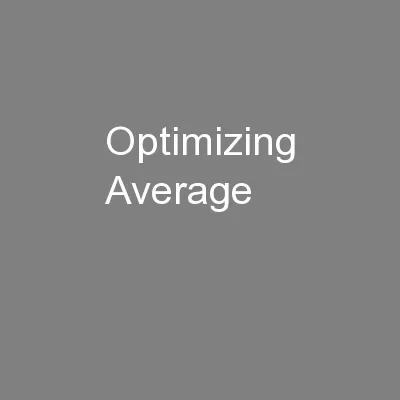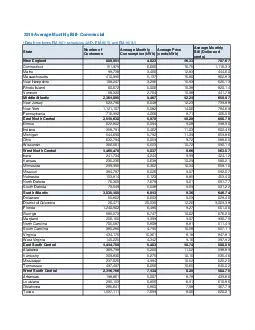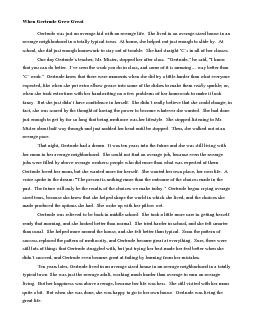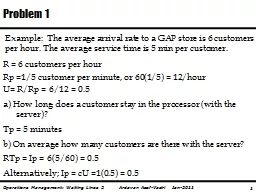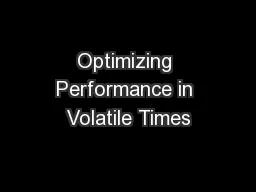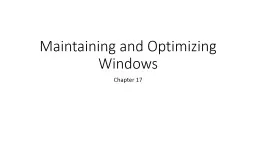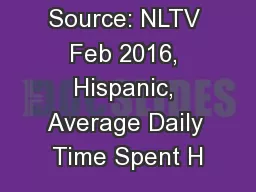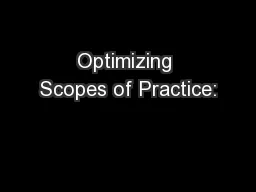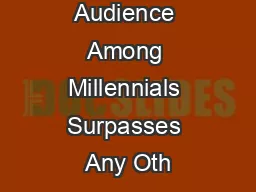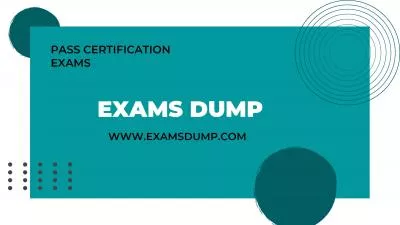PPT-Optimizing Average
Author : phoebe-click | Published Date : 2016-05-06
Precision Ranking Incorporating High Order Information Aim Motivations and Challenges HighOrder Information Action inside the bounding box Context helps HOBSVM
Presentation Embed Code
Download Presentation
Download Presentation The PPT/PDF document "Optimizing Average" is the property of its rightful owner. Permission is granted to download and print the materials on this website for personal, non-commercial use only, and to display it on your personal computer provided you do not modify the materials and that you retain all copyright notices contained in the materials. By downloading content from our website, you accept the terms of this agreement.
Optimizing Average: Transcript
Download Rules Of Document
"Optimizing Average"The content belongs to its owner. You may download and print it for personal use, without modification, and keep all copyright notices. By downloading, you agree to these terms.
Related Documents

